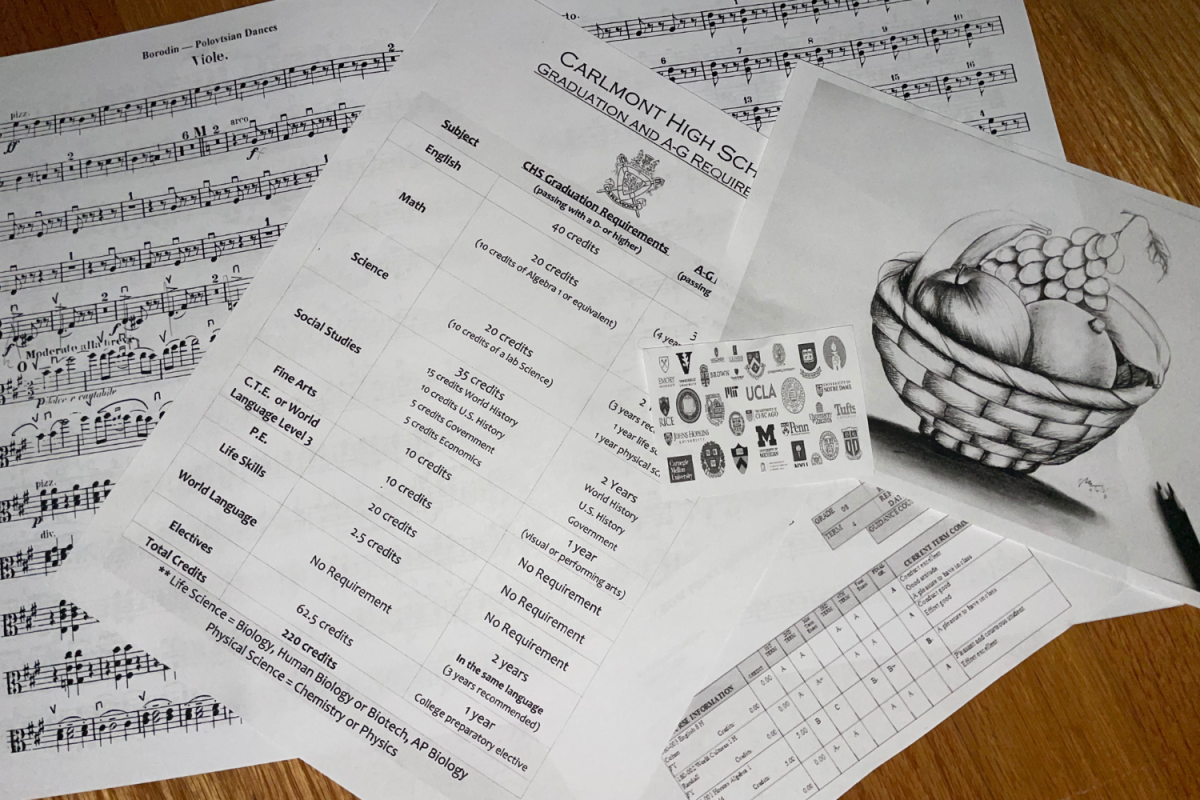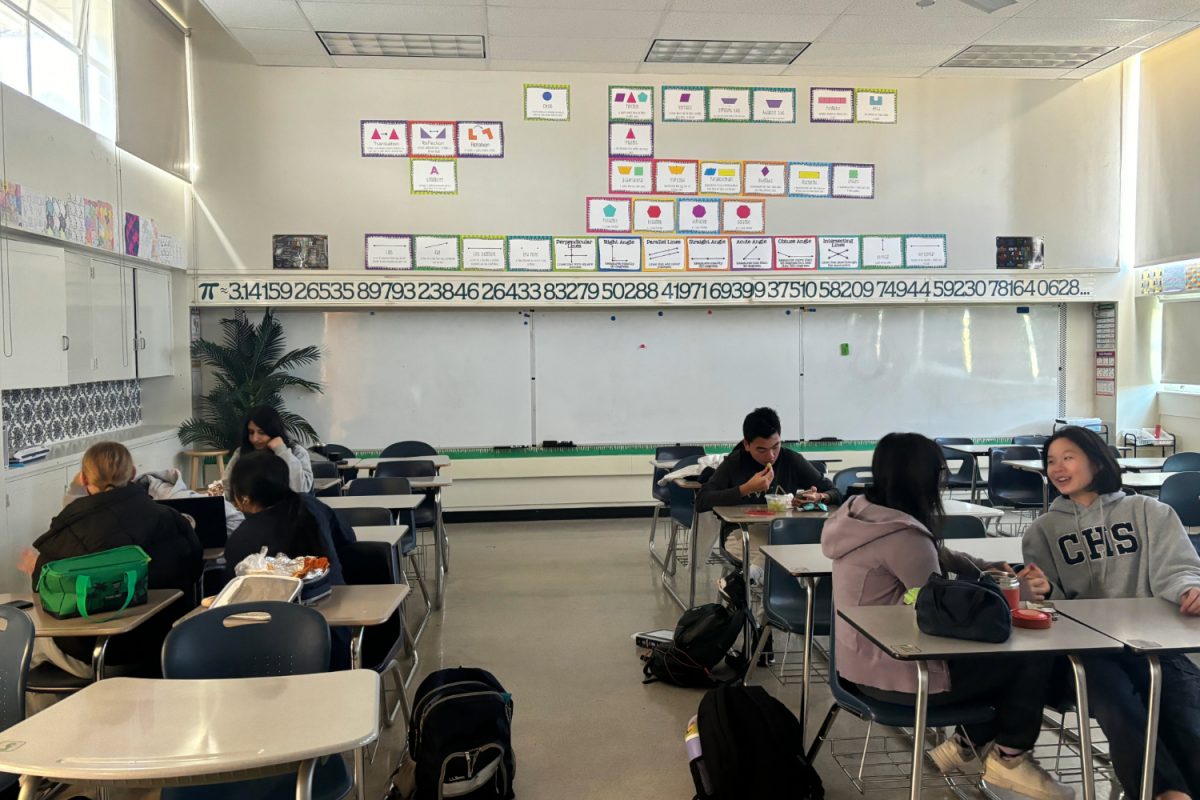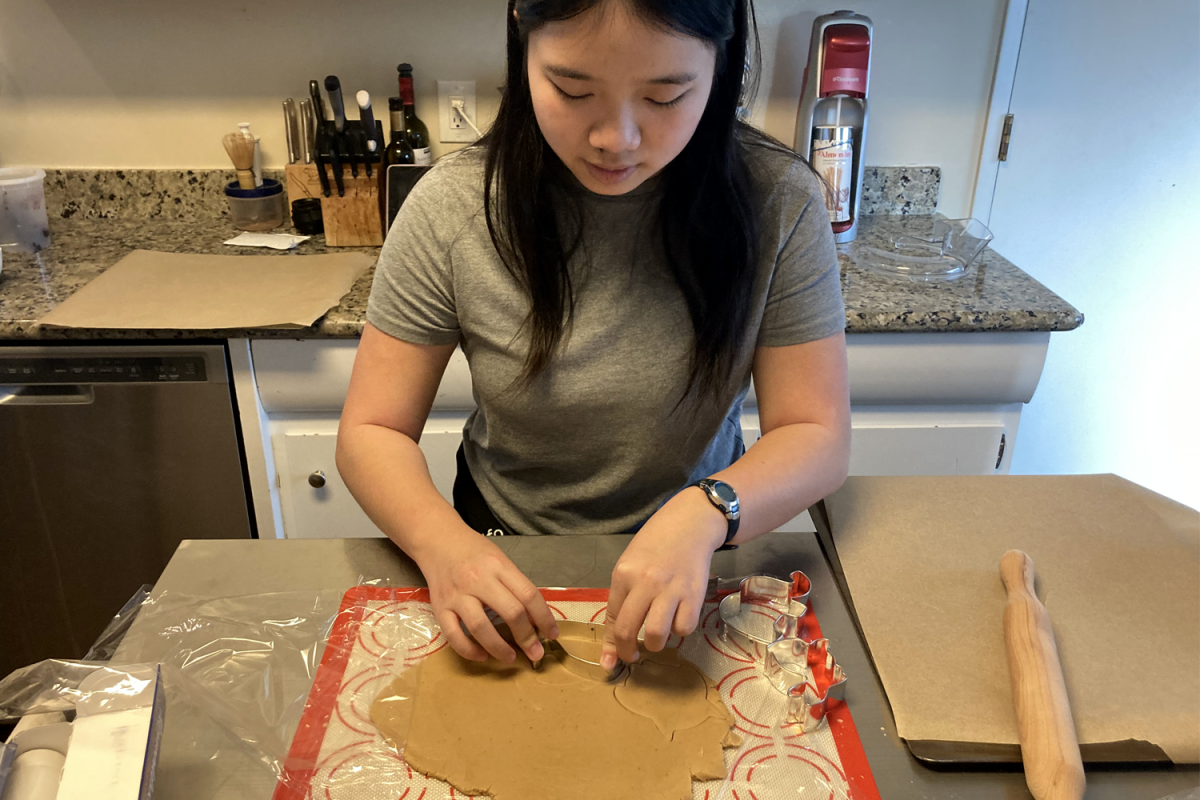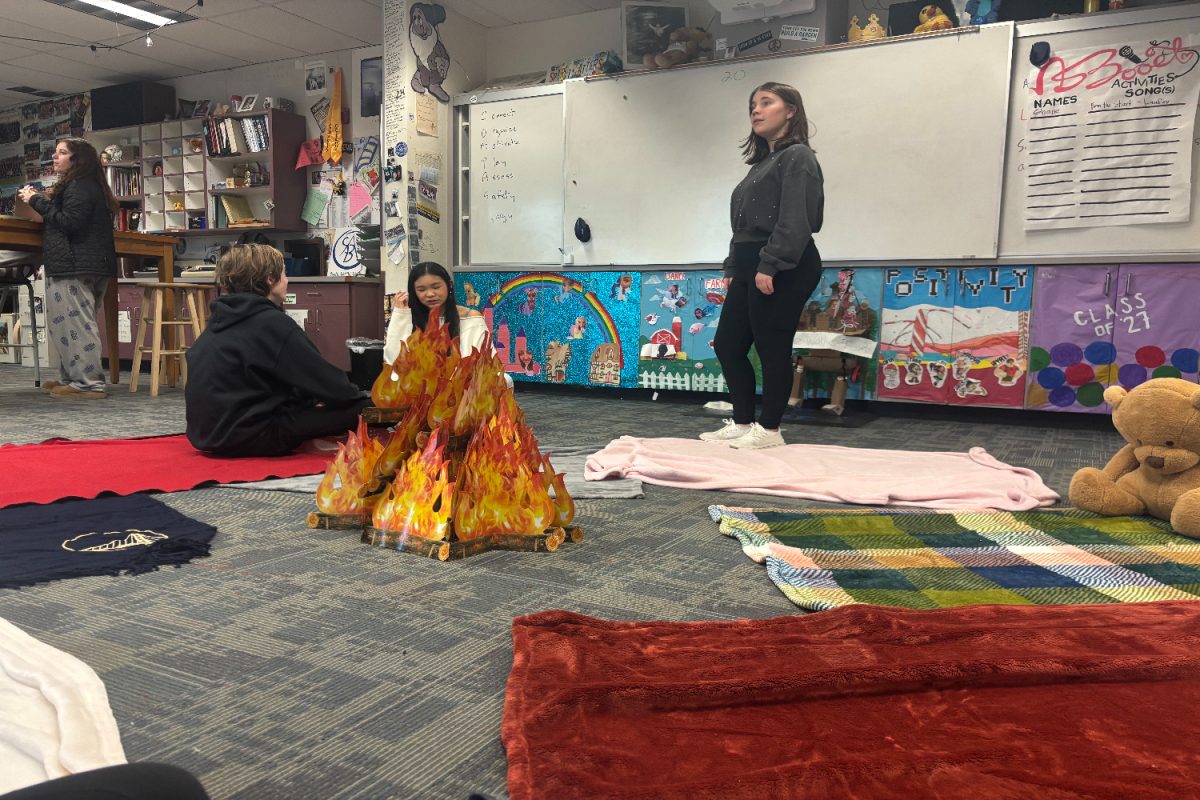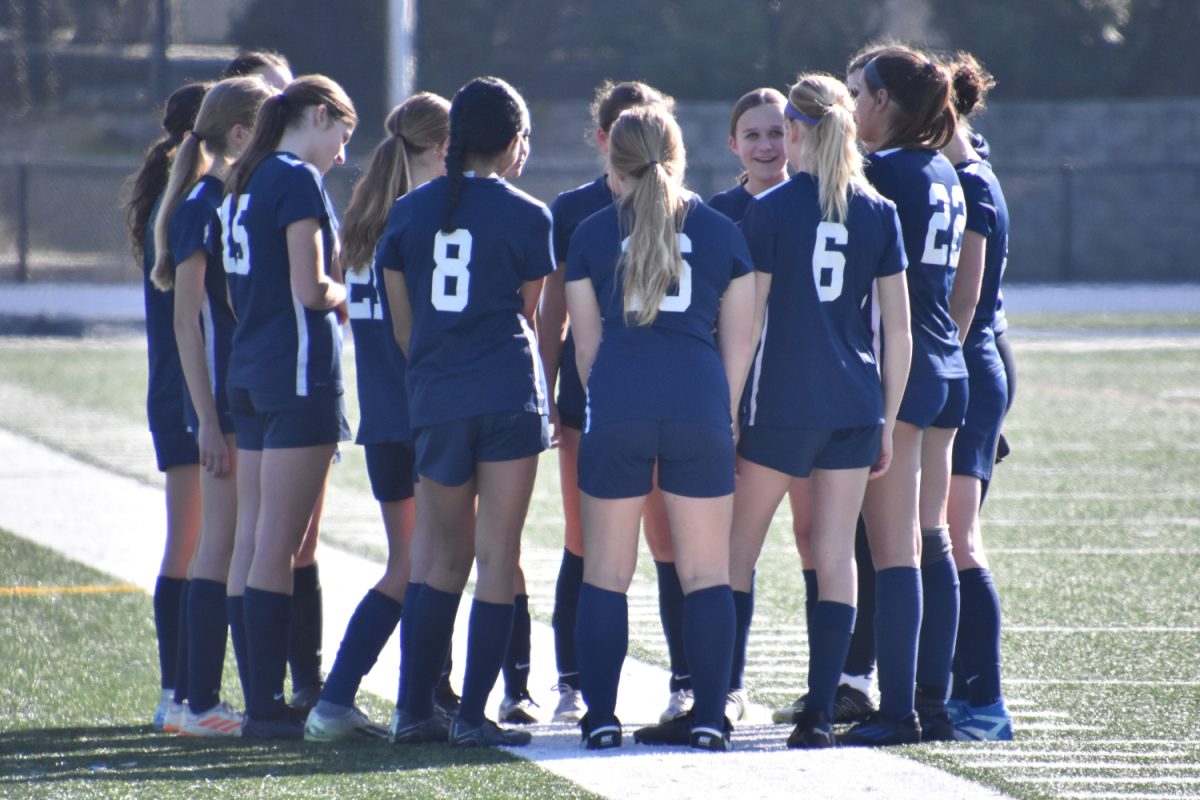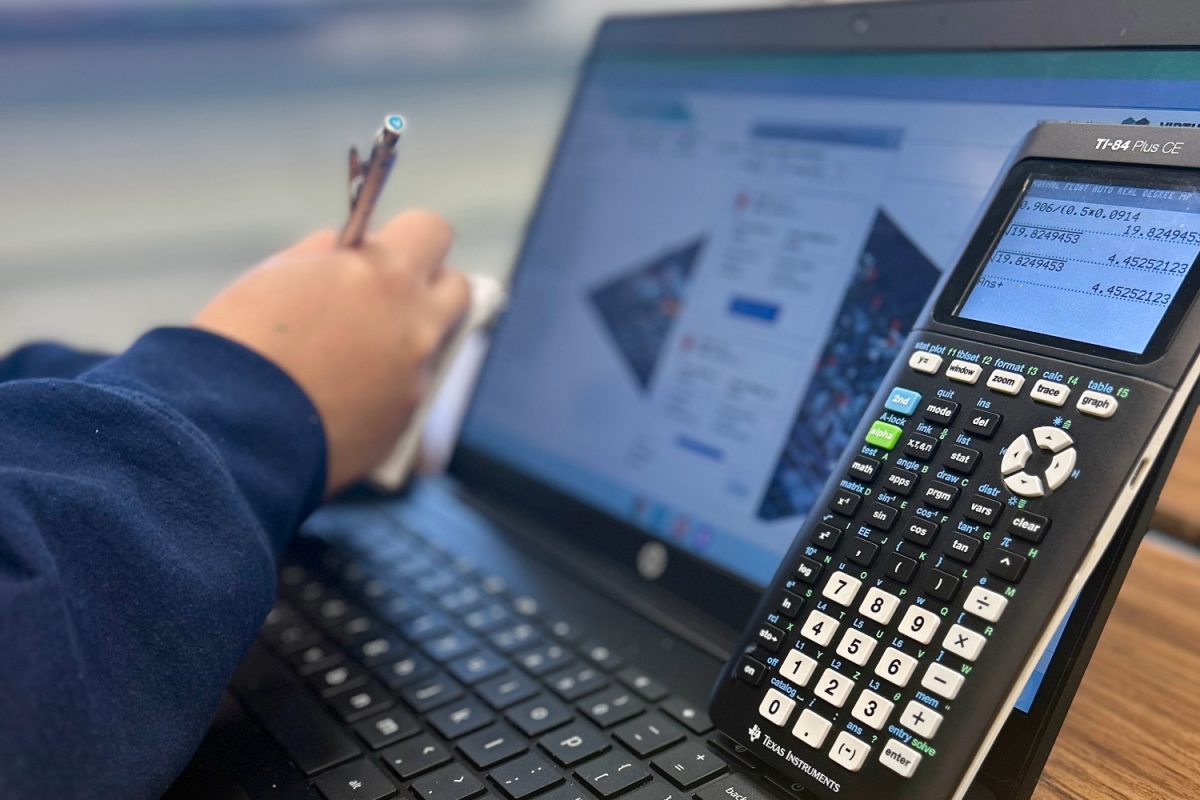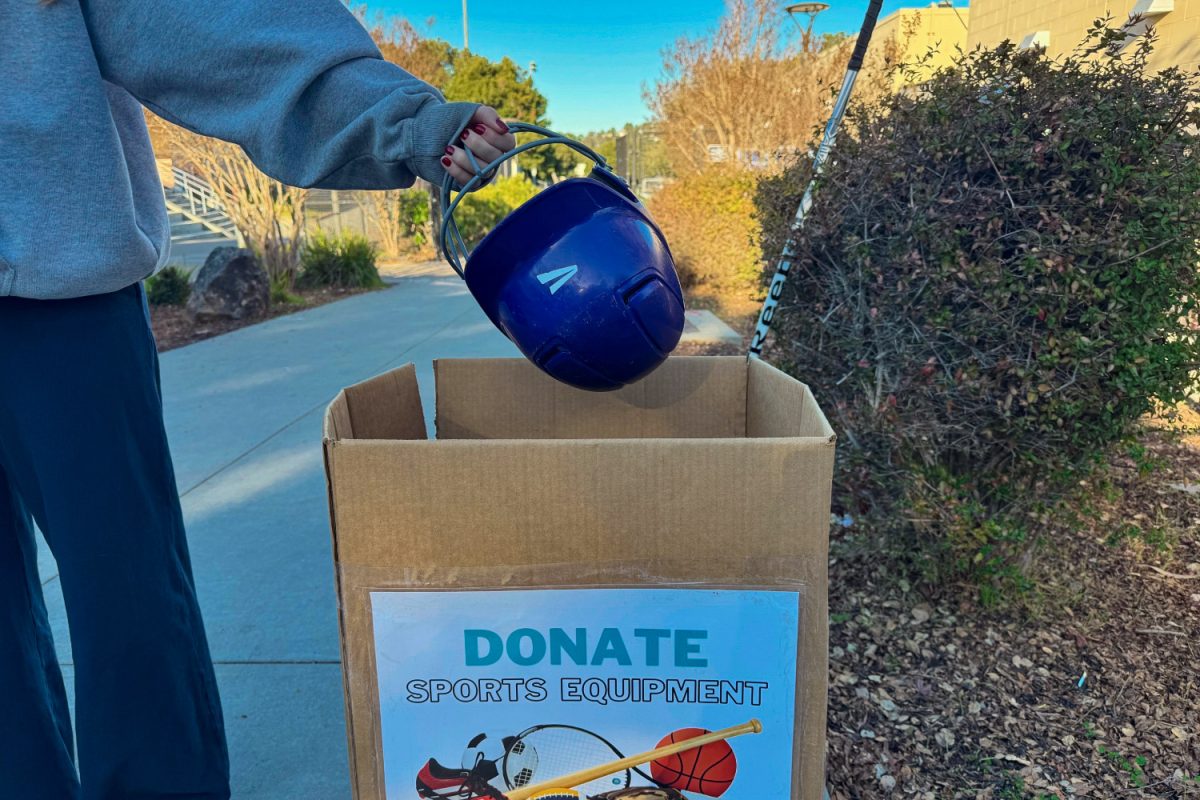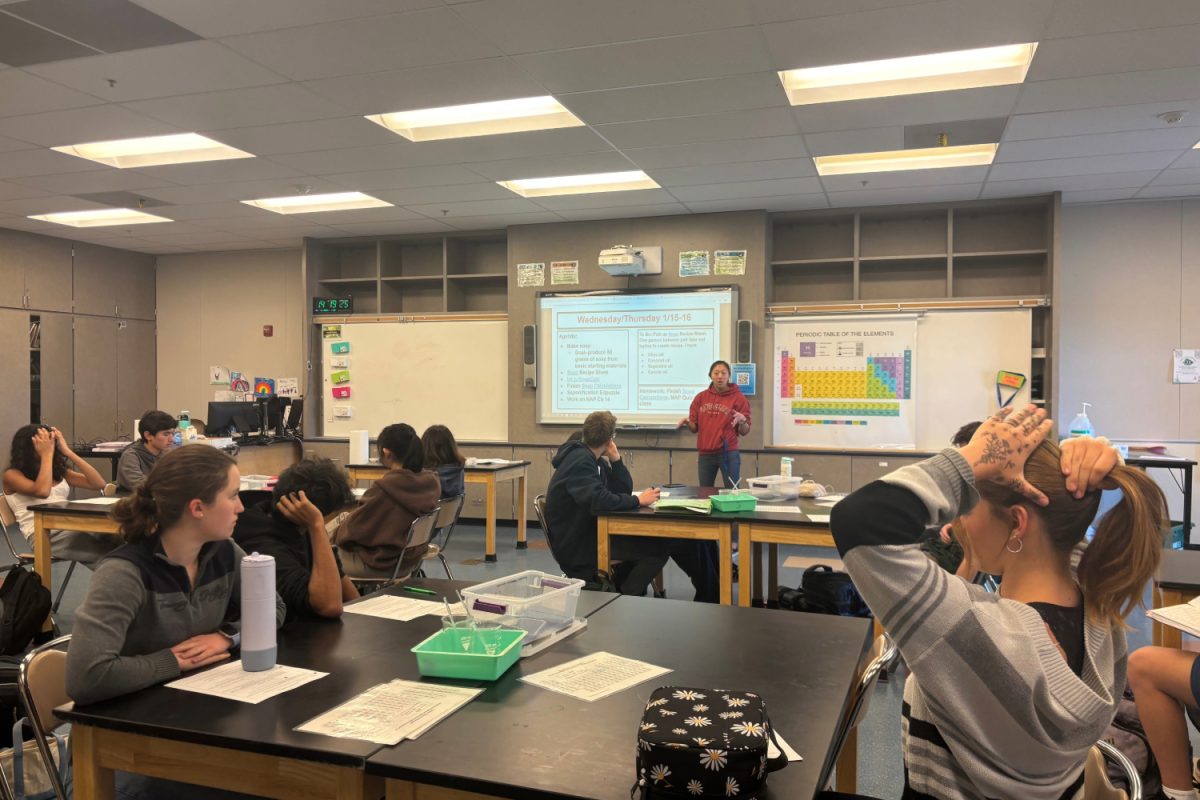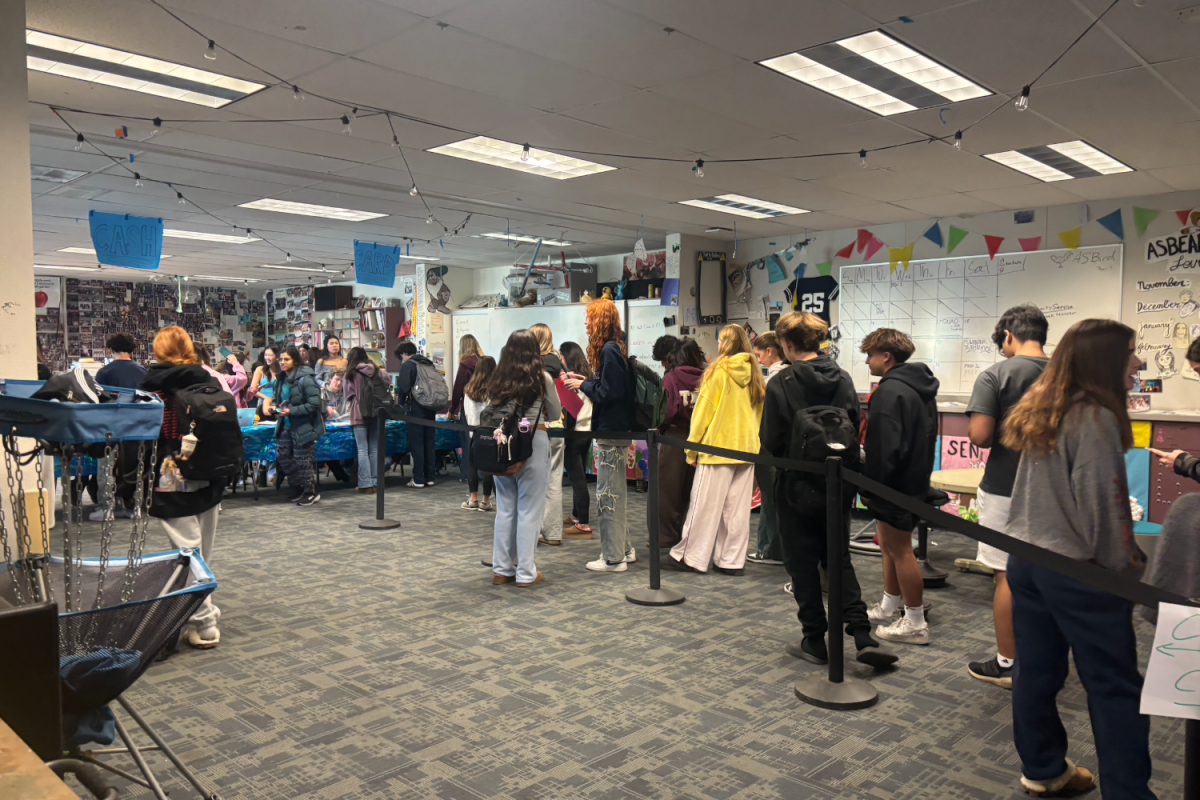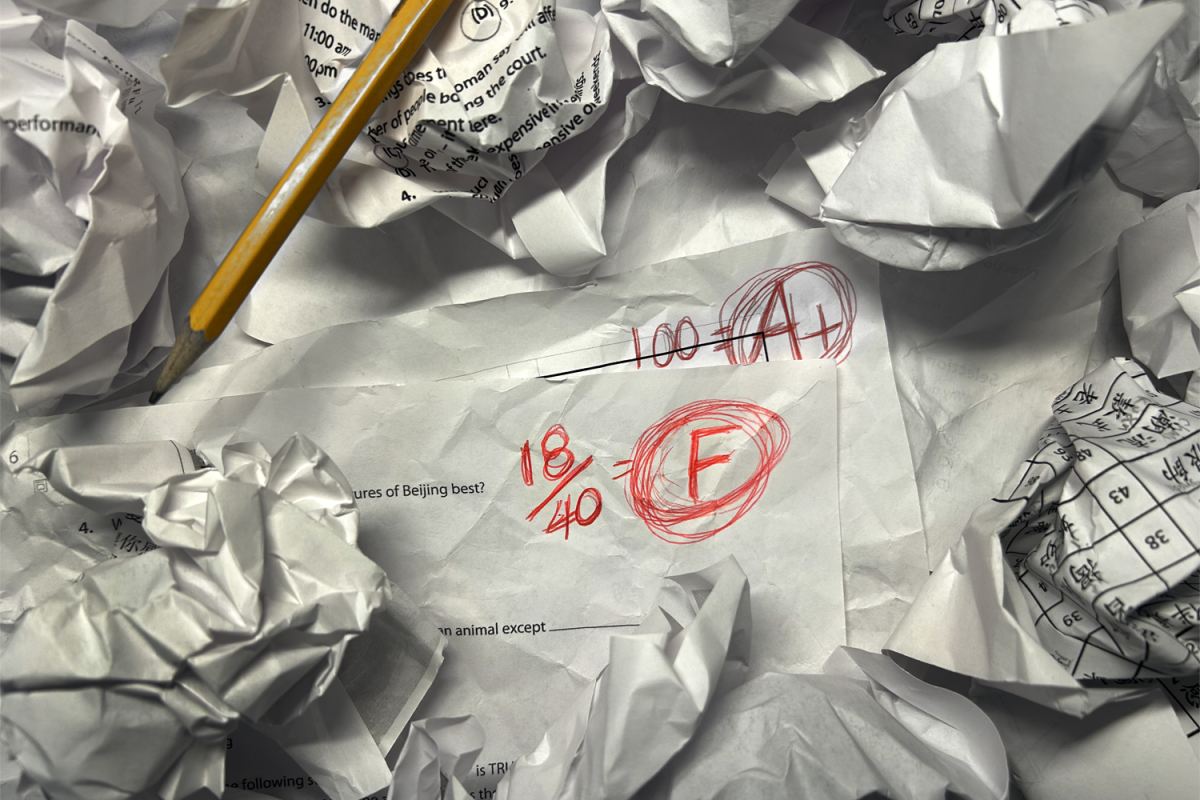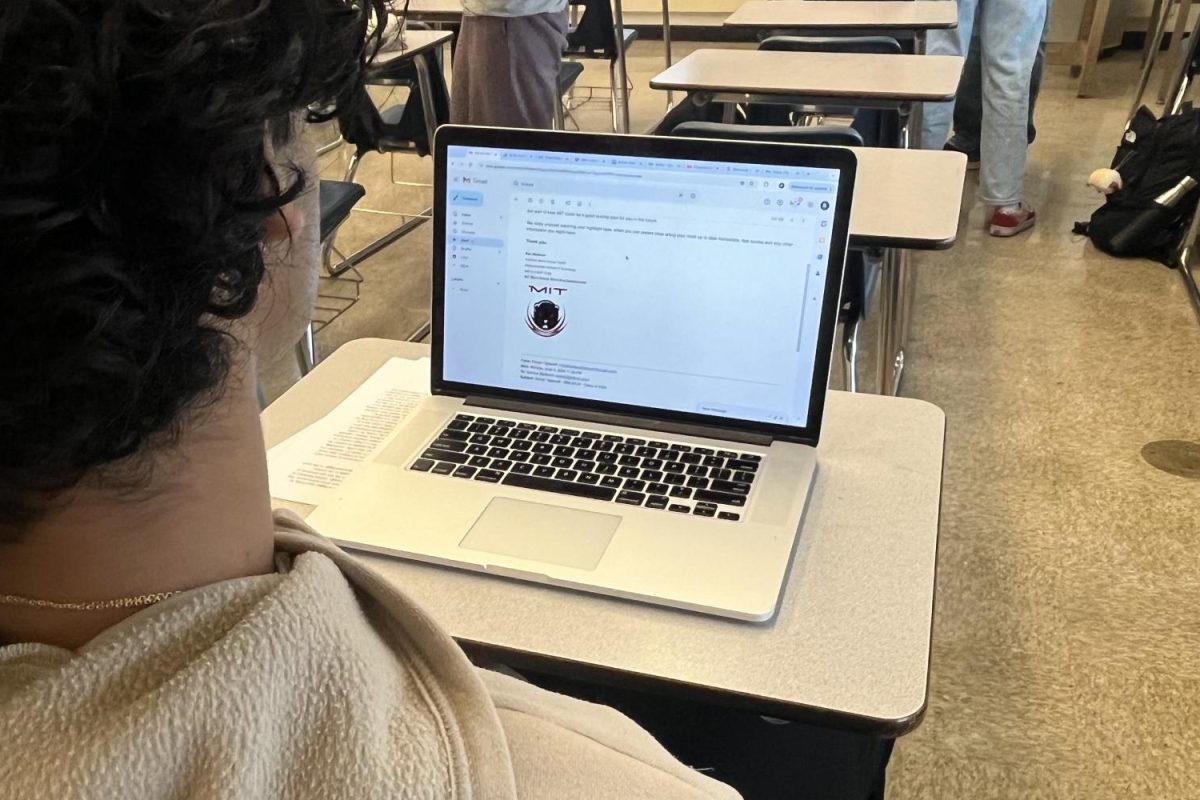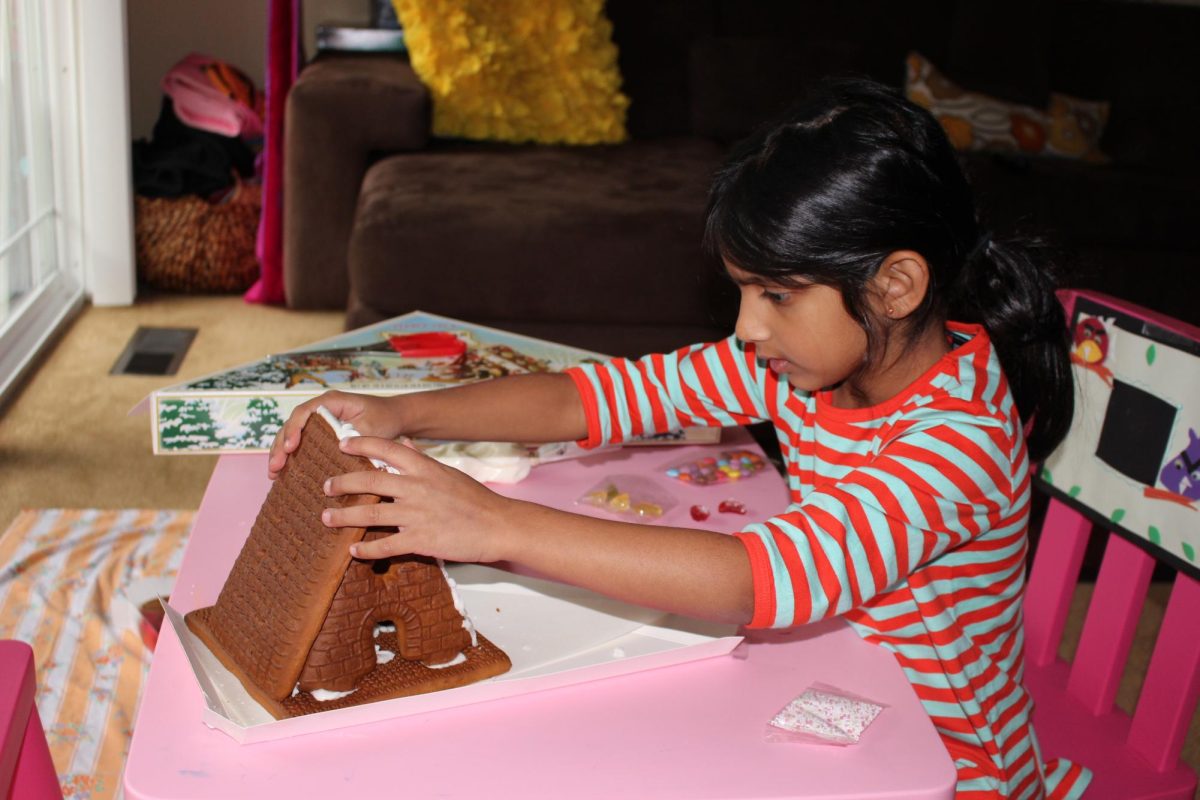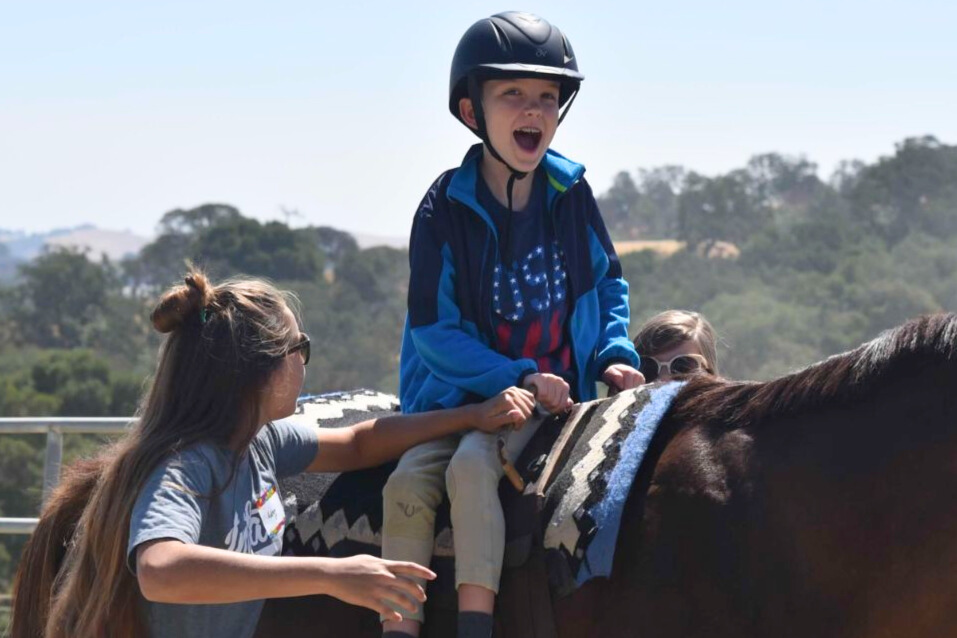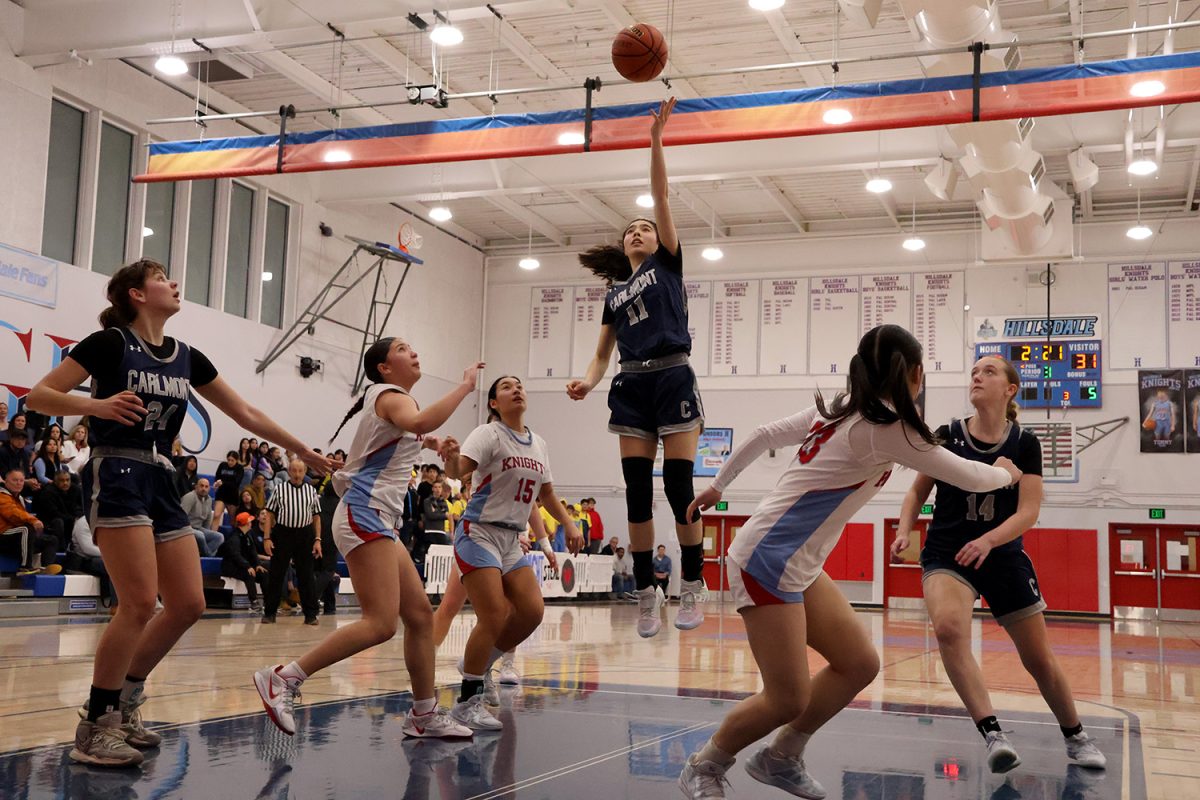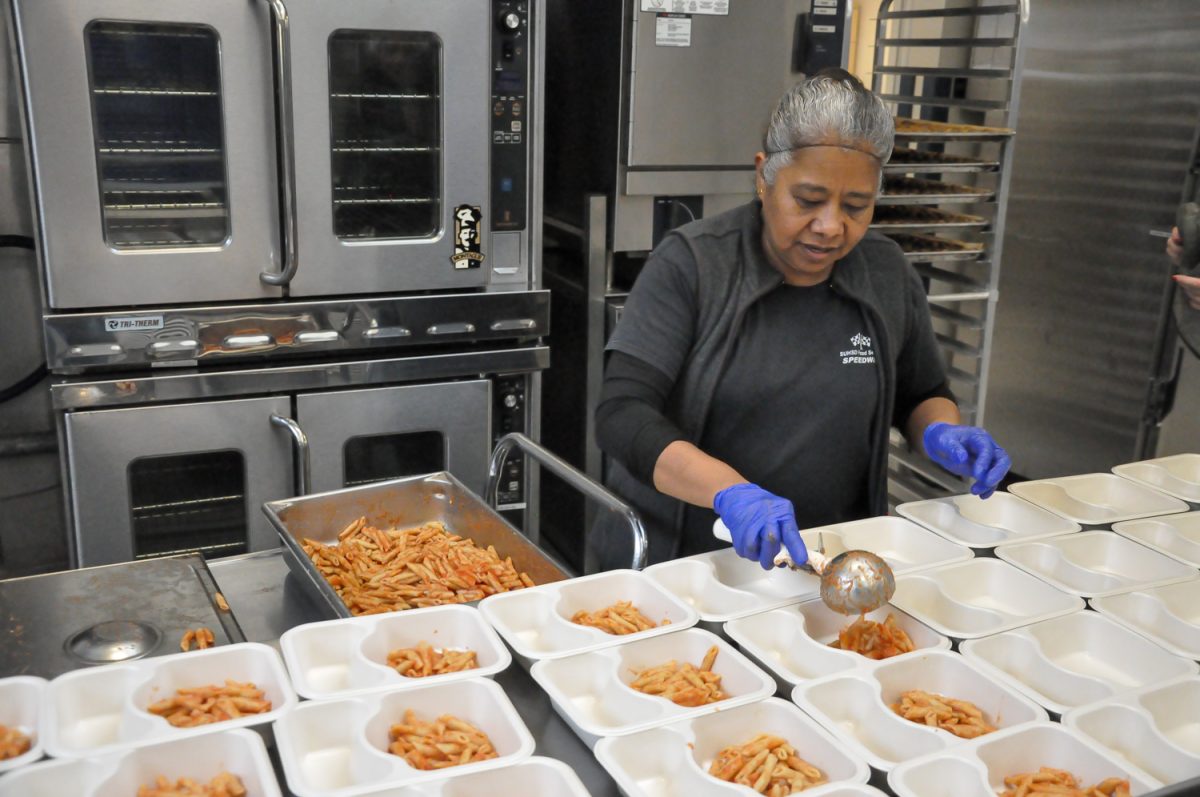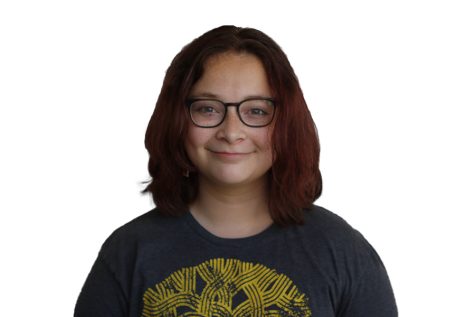After evaluating the trial run of educational cohorts on campus, the Carlmont administration decided to open up more cohorts for students.
The first round of educational cohorts included two cohorts, one for freshmen and one for seniors in danger of failing. It also included a connectivity cohort for students who had poor internet access. The latest round of educational cohorts, which started the week of Nov. 16, included four additional cohorts, including two different cohorts for Advancement Via Individual Determination (AVID), one for English language learners, and one for the STARS program for special education.
A cohort is a small group of students with a campus supervisor, which allows for academic support in a controlled setting. The cohorts are not allowed to mingle with other cohorts; a person in one cohort cannot be involved with another cohort.
Instructional Vice Principal Gay Buckland-Murray explained the process of evaluating cohorts.
¨[With] county and district regulations, cohorts are supposed to exist in three weeks cycles … so at the end of the three weeks, we evaluated,” Buckland-Murray said.
The administration felt that the first evaluation results were positive, as students gave positive feedback. The staff also adjusted minor details for a smoother process. Administrative Vice Principal Gregg Patner explained some of the students’ feedback and how staff ironed out minor issues.
“It was really well received by the kids; the anecdotal feedback was that they were happy to be back on campus, nice to have some structure, feel good, and had a little bit more connectedness,” Patner said. “It’s also been positive, with us in ironing out our procedures for a single sign-in, making sure that everybody’s safe in the cohort, making sure that the rooms are set up appropriately, [and] making sure that the students who come in follow our procedures and guidelines.”
The administration also uses the evaluation to determine whether the cohorts were successful enough to continue. Buckland-Murray explained what conclusions they made and how they added on to their plan.
“We determined that these were viable cohorts that should keep going, but there demonstrated a need for other cohorts, so, at that point, we added four more,” Buckland-Murray said.
As the school added more cohorts, the administration ensured that the times the cohorts met were staggered, so when students checked in at the Scots Gym, there wasn’t a long wait. Health aide Samantha Gingher described how staggered start times make the check-in process simpler.
“Wednesday is when we have the largest amount of students on campus … the cohort start times are staggered every 30 minutes,” Gingher said. “That helps decrease the amount of possible cross-contamination, and it also allows me to check in the students effectively and thoroughly.”
In addition to the seven educational cohorts currently on campus, the administration is currently looking into including after-school cocurricular cohorts, social cohorts designed for specific clubs or elective classes. There is currently a tentative plan to get the cocurricular cohorts ready starting the week of Dec. 1.
Patner explains the purpose of including cocurricular cohorts and how it could benefit students.
“We are planning to expand our cohorts to be co-curricular, which are not just curriculum-based, but also social-based because we want to help kids be connected, but we want to help them be connected safely,” Patner said.
Regarding safety, the administration stressed the point for students to remember to be diligent with taking precautions outside of school grounds, especially as COVID-19 cases have been spiking within San Mateo County and across the country. Gingher expressed the importance of staying home to protect the community.
“Please, please, please, just stay home. I know that it’s so hard and everyone is so sick of this, but now more than ever, it is of the utmost importance to just stay home with your immediate family,” Gingher said.
If COVID-19 cases worsen within the Carlmont community and the county, further opportunities to open up the campus to more students will not be possible. The administration is stressing this point and hopes that everybody stays diligent in following guidelines.
Buckland-Murray explained this sentiment further, as she wants to see students back on campus.
“As soon as we get [COVID-19] under control, we can start trying to get back to normalcy but the ability to do that is really in their hands, if people can remember to wear masks and keep social distance, then we’ll be all right,” Buckland-Murray said.

![Once someone enters the Scots Gym, the hand sanitizing station and a list of directions and procedures await them.
"When students get to the check-in station … [they] fill out a questionnaire … then they take their temperature and sanitize their hands," said health aide Samantha Gingher, adding that students can't go to class until she reviews their questionnaire.](https://scotscoop.com/wp-content/uploads/2020/11/Temp-and-hand-sanitizer-station-1-900x808.jpg)
